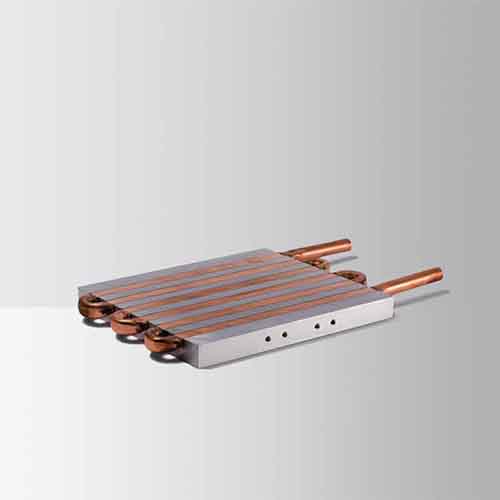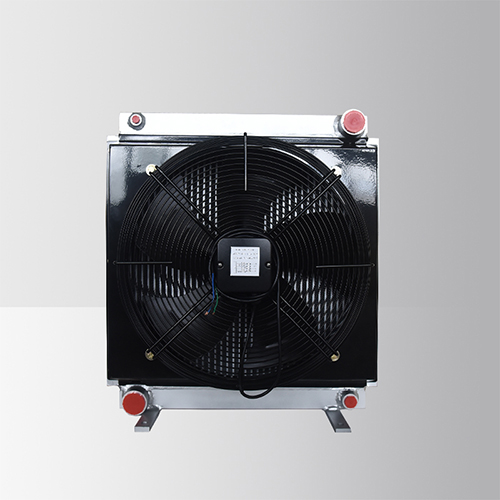Correct understanding of dead animals harmless treatment vehicles
With the improvement of the quality of life, people are paying more and more attention to environmental pollution. Harmless treatment vehicles (special vehicles for sick and dead animals) are now an indispensable special vehicle. It mainly collects dead and dead pigs, cattle, sheep and other animals, transports them to harmless treatment centers, and avoids these dead animals. The spread also prevented them from flowing to the dining table. Harmless car is a type of refrigerated car. It has strict requirements on the tightness of the car body. At the same time, it also has a disinfection function and a temperature function, and it controls the virus during the transport process. My factory has many years of production experience, the quality of the produced vehicles is high, and the price of our factory is lower than that of other manufacturers. 1. Inside the body ultraviolet germicidal lamp 2. Automatic disinfection function, disinfectant spray 3. Antiseptic treatment of effusion with effusion collection box 4. Car body with automatic lifting device 5. The interior of the cabin adopts an integral reinforced frame, and the steel frame skeleton embedded at the top can hold 1500-2000 pounds of weight, with a telescopic hydraulic slide, with a 220V motor, remotely controlled and hoisted up and down. 6. Issue refrigerated truck certification 7. Cold machine plus backup 8. The bottom plate is stainless steel 9. Fluid collection box on the posterior front 10. The top plate uses a meat hook skeleton Qingdao Yakai Automobile Industry & Trade Co., Ltd. mainly produces and sells: refrigerator cars, insulated cars, special vehicles for dead and dead animals, harmless treatment vehicles, chickens, mobile sale vehicles, postal vehicles, wing drives, and flatbed trailers. Contact: Gao Xiaohui Contact phone (WeChat same number) QQ official website:
In 1804, a British mining technician named Dervisk first used the steam engine of Watt to build the world's first steam locomotive. In 1879, Siemens Electric Company of Germany developed the first electric locomotive. The train was in China. And the irreplaceable value of any other vehicle in the world as a vehicle carrying capacity. The development of China's high-speed railway is also growing stronger. From 199 km to 350 km/h, the future speed may rise to the point where we can't predict, but the same problem is that high speed brings safety issues that are of the utmost concern to global technologists. The high temperature operation of the motor and the long-term high temperature problem of the power equipment must be faced. The cooler technology of the motor and power equipment is a difficult problem in the world. We are also learning to innovate more liquid cooling technology. More Applications. At present, our microchannel Heat Exchangers and cold plate heat exchangers have matured and established long-term cooperation with many countries.
Railway Heat Exchanger,External Engine Oil Cooler,Cooling Water Heat Exchanger,Hot Oil Heat Exchanger Xinxiang Zhenhua Radiator Co., Ltd. , https://www.thermictransfer.nl


